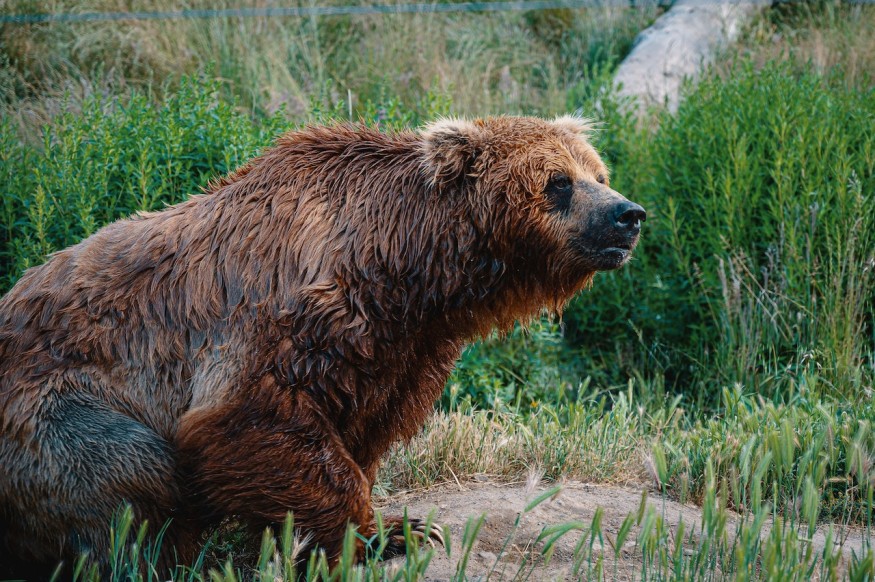As the years passed, grizzly bears from Yellowstone remained fat despite the rise of environmental stressors, according to a new study.

For Bears: Fat is Life
Ecologist Frank van Manen, who is with the US Geological Survey and who led the team for the Interagency Grizzly Bear Study, explains how surprising it was for them to find that the fat of grizzly bears in Yellowstone National Park roughly stayed the same over two decades, The Verge reports.
Van Manen adds that the creatures have a source-changing strategy that is pretty smart. He notes that this was particularly the case for bears in the park's most densely populated areas, where food competition from other bears is higher.
The Verge reports that bears in this area, especially young female ones, had a decreased lean body mass compared to others from more densely populated rooms. However, despite their lower lean mass, they achieved the usual body mass when they reached maturity. This could have delayed reproduction or transferred them to less densely populated sections.
A statement from the US Geological Survey explains that body fat is important for grizzly bears because it serves as a source of energy as the bear goes through winter hibernation. It is especially vital for female bears in their reproductive years who require enough energy to support pregnancy, birth, and lactation.
1. Grizzly bears at Yellowstone National Park in the US have managed to stay just as fat over the past 20 years despite climate change, the National Geological Survey says.
— BFM News (@NewsBFM) June 3, 2023
“The bears have a pretty smart life history strategy of changing food resources.” pic.twitter.com/agpsx5CmpO
ALSO READ: Polar Bears Gather in Canada's Bear Capital, but Climate Change Is Warming the Area Faster
Resilience Amidst Food Scarcity
Grizzly bears are omnivorous creatures that feed on various foods, including insects, roots, fish, bison, elk, berries, and seeds. These creatures have huge home ranges, and they can quickly shift to food resources that are more readily available. They do so to compensate for dwindling food resources.
Due to the flexibility of this feeding strategy, grizzly bears could respond to changes in the environment easier compared to animals that feed on a particular source of food.
The ecosystem of the Greater Yellowstone is also well-protected and large, which facilitates the shifting diets of the bears and allows them to move to newer regions. However, this could foster more conflicts between humans and bears.
Van Manem notes that the study's findings show that grizzly bears exhibit resilience as they face ecosystem changes. These findings also boost our current understanding of their strategy for life history. Findings were included in the Global Change Biology journal.
While these grizzly bears have been found to keep their fat levels and body size despite the environmental alterations they faced in the last twenty years, it is still unclear how these creatures will adapt to future stronger disturbances. These could include altered wildlife patterns, continuous global warming, and more human developments.
RELATED ARTICLE : Female Grizzly Bear Seen in Washington State for the First Time After 40 Years, Fitting It With Radio Collar
Check out more news and information on Animals in Science Times.
© 2026 ScienceTimes.com All rights reserved. Do not reproduce without permission. The window to the world of Science Times.












